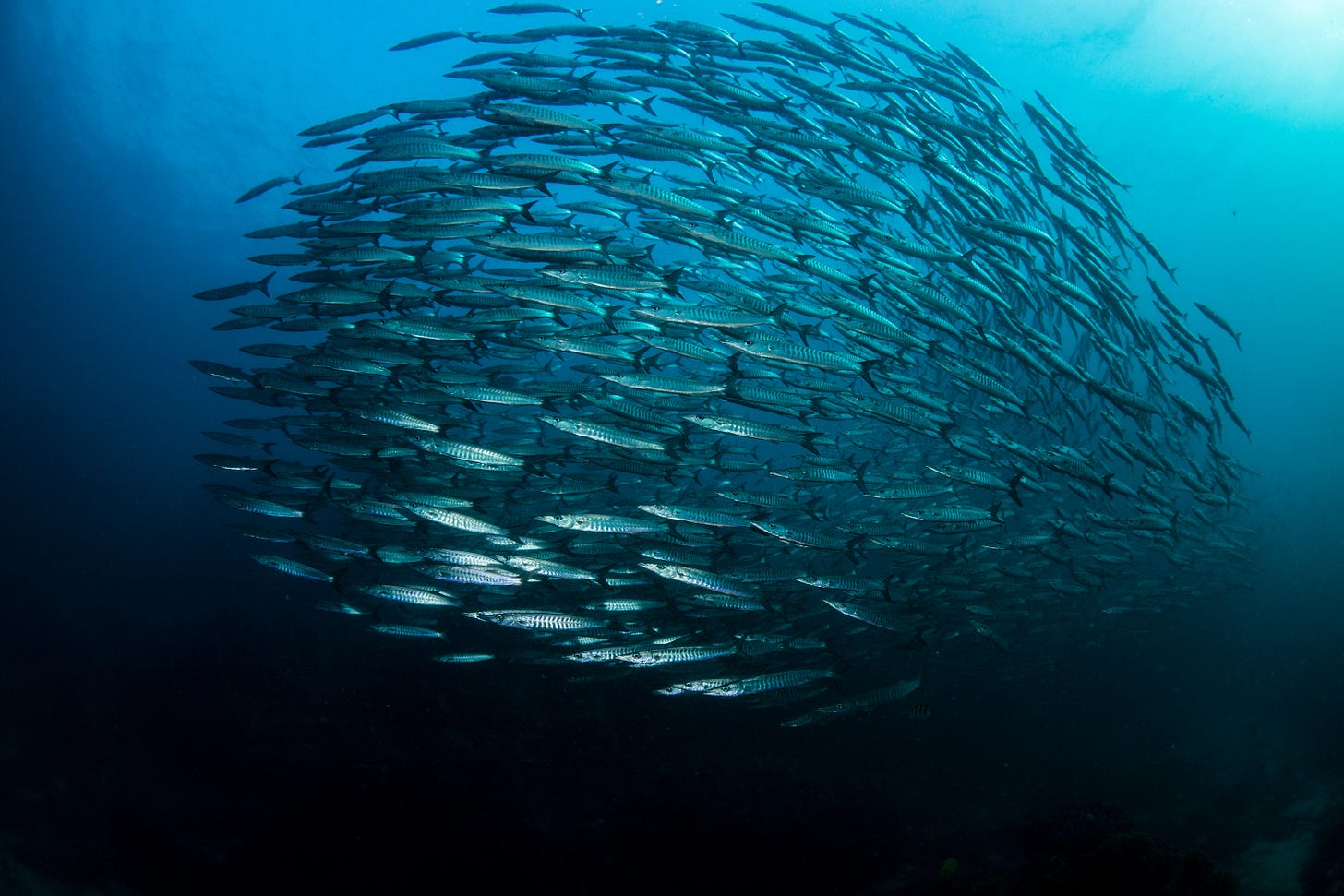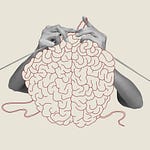Here is the ninth chapter of Taking Heart and Making Sense.
If you’re new here, you might like to read an intro article about the book. I also recommend listening to the book’s Introduction first. You can also find all previous chapters, in order, here.
I recently listened to a podcast with Mark Solms, a neuroscientist and psychoanalyst, and author of the book, Hidden Springs, published in 2021 (the podcast was also recorded in that year). As one might expect from a researcher in neuroscience, Solms believes that consciousness occurs in the brain. Despite this difference from my whole body view of consciousness, I gleaned that his views are in some respects aligned with mine: Solms sees feeling as the basis of consciousness. Feeling always comes first. You can bet I was happy to hear of more neuroscientific research that supports the view I’ve been developing, albeit for me, by way of philosophy.
But Solms also confirmed something else for me: that researchers in psychology and neuroscience do not share fundamental and agreed-upon definitions of emotion and feeling. While disagreements about definitions are common in academic fields, emotion and feeling are such basic terms (for any theory and in our everyday language), that this strikes me as quite a problem.
This present chapter is my attempt to work towards a definition of emotion. The chapter might feel a little more technical than others; this problem required me to be precise. My main goal was to discuss how we can observe emotion in behaviour without assuming anything about inner experience. The work of a well-known neuroscientist of emotion, Joseph LeDoux, was very helpful here. He is also very clear about the distinction between observable behaviour and inner experience, and presents enormous amounts of research to explain complex animal behaviours without reference to conscious phenomena. This supports the view that most of our human processing is also unconscious; we can and often do weigh up options and make decisions (or really, the processing equivalent of these) unconsciously, and our behaviour demonstrates this.
I compare some aspects of LeDoux’s view with that of another prominent researcher in the same field, Antonio Damasio (whose work was discussed in earlier chapters). This comparison is placed in the context of the theory I’ve already developed in the book, particularly the notion of hierarchical levels within complex systems. Both LeDoux and Damasio have essentially hierarchical views of consciousness but, according to my reckoning, they each place emotion at different levels in the hierarchy. For Damasio emotions are at the level of nonconscious responding while for LeDoux they are experiences, or feelings. So while I draw on LeDoux’s work, I end up siding with Damasio on where emotion is best placed (in terms of levels of consciousness).
Why is this important? Well, simply to be clear about what we’re talking about! Remember way back in chapter one, I pointed out that in our everyday understanding, emotions aren’t necessarily conscious, even though they might be. We can at times observe emotion in other people’s behaviour when they’re not aware of it: think of an angry driver, an anxious parent, or an exuberant teenager. We are often much more focused on the situation at hand than on our experience of it, and sometimes to the point that we would deny the emotion altogether, or at least take a moment to notice it within ourselves. On the other hand, feeling must be conscious; it is, by definition, an awareness.
By considering LeDoux’s and Damasio’s definitions of emotion, as well as looking more broadly at ways emotion is defined in psychology textbooks, and in the work of one philosopher of emotion (Martha Nussbaum), I came to think that definitions converge much more on the notion that emotions are essentially ways we evaluate situations that we can observe in behaviour (and therefore also in animals) than on anything about awareness or feelings. Emotions display, for us and for animals, our strong purposes, both to stay alive and to engage with the world and pursue our interests and life trajectories.
This is not at all to say that animals are not conscious or do not feel anything, but to be clear about what we can observe in their behaviours, and then (in the next chapter) we can begin to imagine what they might feel. Interestingly, I believe that this can offer us a more graded view of what animals might feel. Certainly, animals more like us could well have experiences similar to ours, but my view offers the possibility that animals very different from us also feel something, while they display, quite obviously, efforts and purposes in lives that are (as biosemiotics helps us to articulate), genuinely meaningful to them.
Quick overview:
This chapter begins with reference to Hans Jonas, by considering that in animal life, emotion bridges distance in time. His perspective fits well with Suzanne Langer’s concept of whole acts.
To further explore animal behaviour, I then discuss implicit and explicit appraisal in the context of Joseph LeDoux’s model of brain processing through the low road / high road. He emphasises that both paths are nonconscious. LeDoux focuses mainly on implict processing, providing extensive evidence that complex decision making and cognitive deliberation can be unconscious. I then compare his hierarchical placement of emotion with Antonio Damasio’s.
I also consider some definitions of emotion from psychology and philosophy, particularly the notion that emotions are appraisals of situations. If appraisals can be made nonconsciously and by animals, then animals display emotions, in their efforts and strong purposes. Thus, my position draws on LeDoux’s work but ultimately aligns more with Antonio Damasio’s placement of emotion below conscious awareness. Emotion aligns decisively with behaviour, freeing us up to imagine animal feeling in other ways.













Share this post